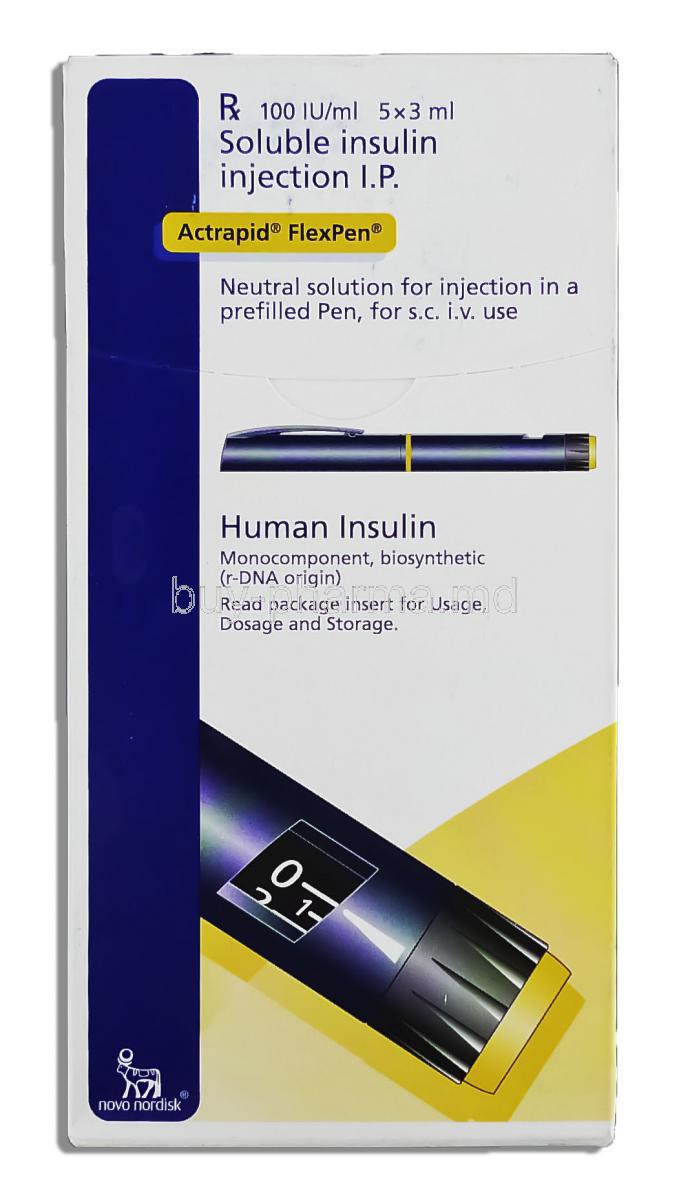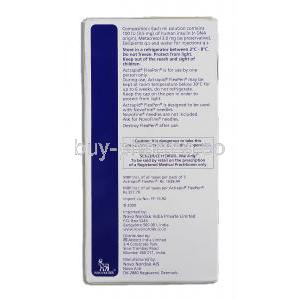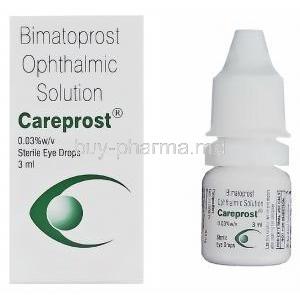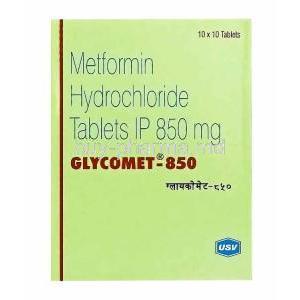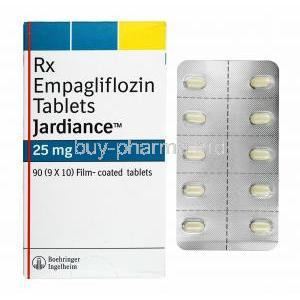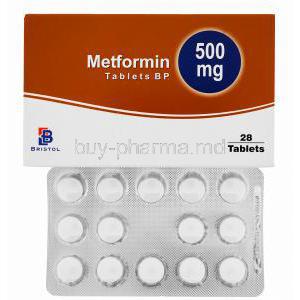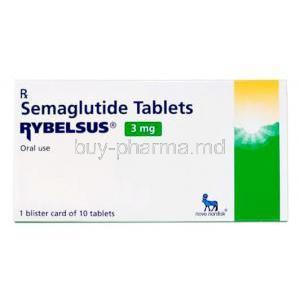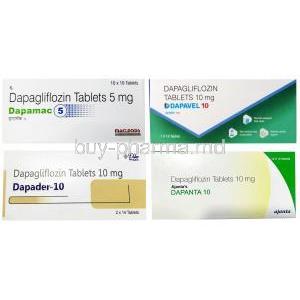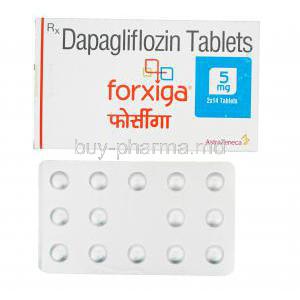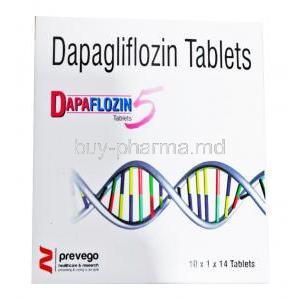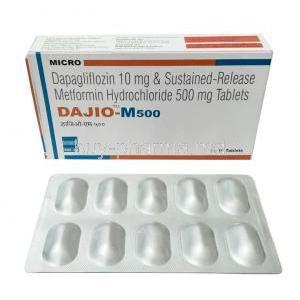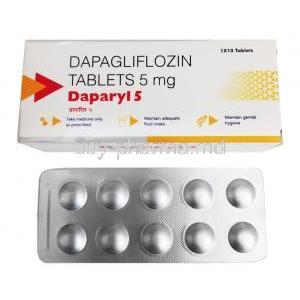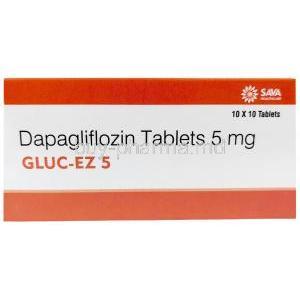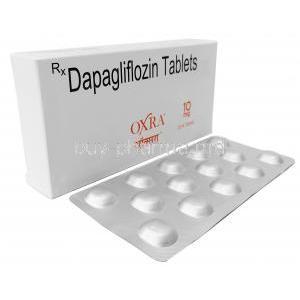Actrapid Flexpen Pen-filled Injection
- Introduction to Actrapid FlexPen Pen-filled Injection
- Composition and Formulation of Actrapid FlexPen
- How Actrapid FlexPen Works: Mechanism of Action
- Actrapid Flexpen uses
- Off-Label Uses of Actrapid FlexPen
- Dosage and Administration Guidelines
- Administration in Special Populations
- Side Effects of Actrapid FlexPen
- Important Warnings and Precautions
- Contraindications to Actrapid FlexPen Use
- Drug and Substance Interactions
- Storage Instructions for Actrapid FlexPen
- Overdose Management and Emergency Protocols
- Careful Handling and Precautions for Actrapid FlexPen
- Handling Precautions and Disposal Guidelines
Introduction to Actrapid FlexPen Pen-filled Injection
Overview of Actrapid FlexPen
The Actrapid FlexPen is a prefilled insulin delivery device designed for the accurate and easy application of soluble human insulin, helping individuals with diabetes mellitus better control their blood sugar levels comfortably and discreetly within their daily therapy routine.
Therapeutic Category and Classification
Classified under fast-acting human insulins, Actrapid belongs to the therapeutic group of antidiabetic agents. It acts quickly to lower blood glucose levels and is essential in the treatment of insulin-dependent and insulin-requiring diabetes.
Unique Features of the FlexPen Device
The FlexPen device is designed for user-friendly, adjustable dosing with minimal effort. It features:
- Pre-filled cartridge, reducing preparation time
- Lightweight and ergonomic design
- Clear dose-setting mechanism
- Disposable after use to ensure sterility and safety
Composition and Formulation of Actrapid FlexPen
Active Ingredient: Soluble Human Insulin (rDNA Origin)
The main ingredient is insulin that matches the natural insulin created by the body's pancreas to guarantee maximum compatibility and efficiency.

List of Excipients and Stabilizers
The solutions' stability and sterility are upheld by added components, like zinc chloride, glycerol, metacresol (a preservative), phenol, and water, for injections.
Concentration and Available Strengths
Actrapid FlexPen provides a concentration of 100 IU/mL, packaged for easy and accurate dosing tailored to patient needs.
Pharmaceutical Form and Packaging Details
Each FlexPen holds 3 milliliters of a colorless solution enclosed in a disposable device to reduce the chances of contamination.
How Actrapid FlexPen Works: Mechanism of Action
Role of Insulin in Glucose Metabolism
Insulin helps cells absorb glucose easily and encourages storing it as glycogen while also preventing the liver from producing glucose to lower blood sugar levels.

Rapid Onset and Short-Acting Properties
Actrapid begins action within 30 minutes, peaks at 1.5-3.5 hours, and lasts up to 8 hours, making it ideal for controlling postprandial glucose surges.
Comparison with Other Insulin Types
Actrapid offers better blood sugar control compared to long-acting insulins and is often used in combination with basal insulin treatments.
Cellular Effects on Carbohydrate, Protein, and Lipid Metabolism
Beyond glucose, insulin modulates protein synthesis and fat storage, underscoring its multifaceted role in metabolic homeostasis.
Actrapid Flexpen uses
- Management of type 1 diabetes mellitus requiring basal-bolus therapy
- Management of type 2 diabetes mellitus inadequately controlled by oral agents
- Inclusion in intensive insulin therapy for diabetic ketoacidosis
- Short-term glycemic management during infections or surgical stress
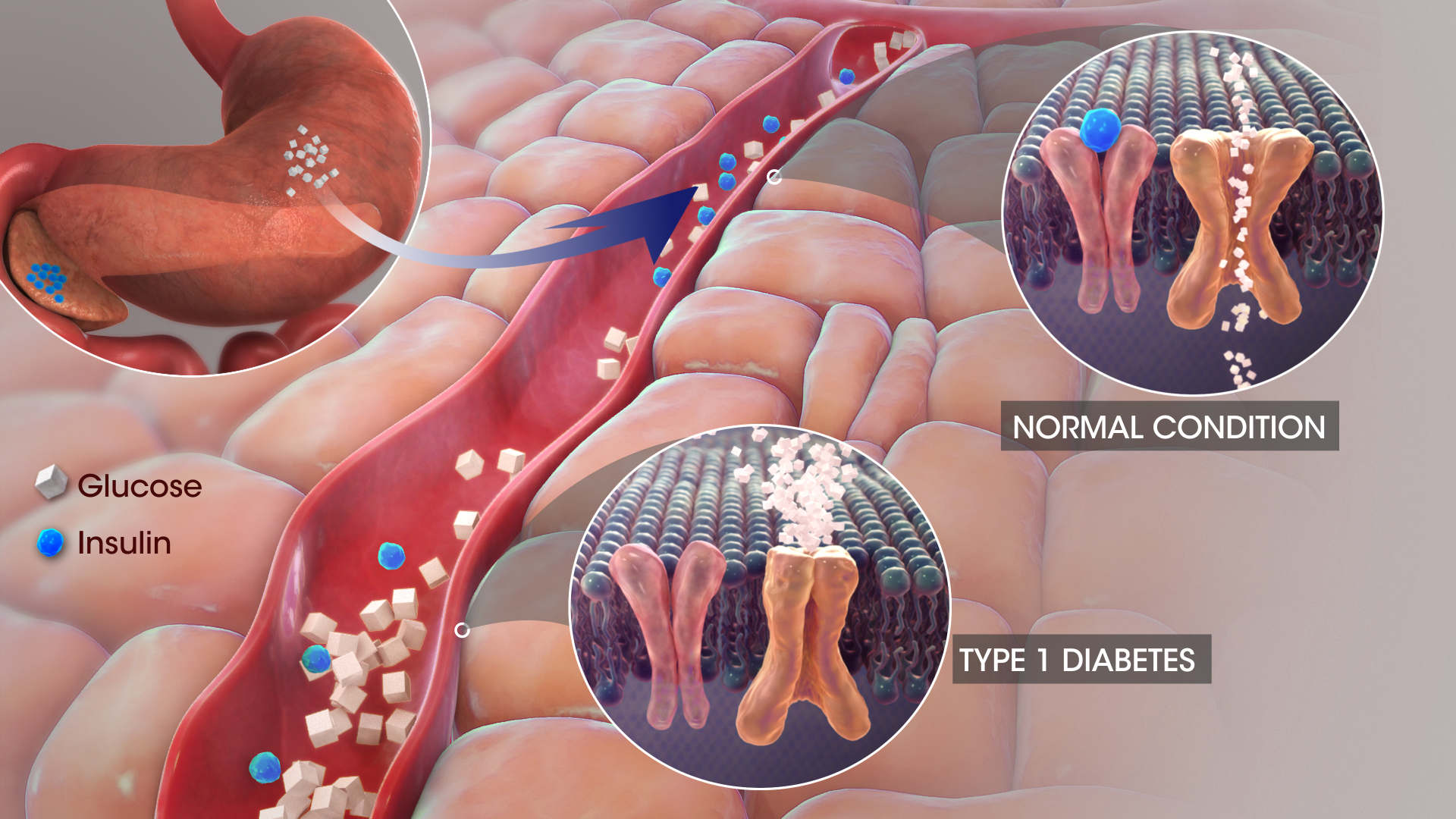
Off-Label Uses of Actrapid FlexPen
- Treatment of gestational diabetes when diet and exercise are insufficient
- Temporary insulin replacement in type 2 diabetes during acute illness
- Adjunctive therapy in hyperkalemia to promote cellular potassium uptake

Dosage and Administration Guidelines
Standard Dosing Protocols for Adults
Initial doses are individualized, often starting at 0.3-0.5 units/kg/day, adjusted based on blood glucose levels and patient response.
Dose Titration Based on Blood Glucose Monitoring
Checking helps adjust the medication doses to reach the blood sugar control while reducing low and high blood sugar levels.

Timing of Administration Relative to Meals
Administer Actrapid, around 30 minutes before eating, to align with the peak absorption of carbohydrates from meals.

Switching from Other Insulin Formulations
Transition procedures necessitate diligent observation to avoid hypoglycemia by adjusting dosages or making modifications as needed.
Key Considerations for Self-Injection Technique
- Rotate injection sites to avoid lipodystrophy
- Proper needle disposal to prevent injuries
- Priming the FlexPen before each injection to ensure accuracy
Administration in Special Populations
Administration to Elderly Patients
- Consider lower starting doses due to potential renal impairment
- Enhanced hypoglycemia monitoring due to altered symptom recognition
Administration to Pregnant Women and Nursing Mothers
- Actrapid is considered safe during pregnancy under close supervision
- Insulin needs typically increase during the second and third trimesters
- Minimal transfer into breast milk with no adverse effects reported in neonates
Administration to Children and Adolescents
- Individualized pediatric dosing based on weight and developmental stage
- Heightened vigilance for fluctuating insulin sensitivity during puberty
Side Effects of Actrapid FlexPen
Common Side Effects
- Hypoglycemia: Sweating, tremors, confusion; immediate intake of glucose is essential
- Injection site reactions: Minor pain, redness, or swelling
- Weight gain: Related to improved metabolic control and anabolic effects
- Lipodystrophy: Skin thickening or atrophy from repeated injections

Serious and Rare Side Effects
- Severe allergic reactions: Rash, breathing difficulties, systemic anaphylaxis
- Insulin resistance or antibody formation: Leading to altered efficacy
- Visual disturbances: Due to acute changes in blood glucose levels
- Sodium retention and edema: Especially in insulin-naive patients

Important Warnings and Precautions
- Immediate recognition and treatment of hypoglycemia are critical to prevent serious outcomes
- Dosage adjustments may be necessary during infections, surgeries, or periods of elevated stress
- Meticulous attention to injection timing and technique is vital to prevent fluctuations in glucose control
- Regular monitoring of blood glucose and glycated hemoglobin (HbA1c) ensures long-term effectiveness and safety
- Actrapid FlexPen should not be interchanged with other insulin types without healthcare provider's supervision

Contraindications to Actrapid FlexPen Use
Hypersensitivity to Human Insulin or Any Excipients
Actrapid FlexPen must not be used in individuals with known hypersensitivity to human insulin or any component within the formulation. Reactions can range from localized skin irritation to severe systemic anaphylaxis, necessitating immediate cessation of therapy and alternative management strategies.
Hypoglycemic Episodes and Unawareness
Patients experiencing unnoticed episodes of blood sugar are advised to refrain from using Actrapid FlexPen without careful medical oversight as it may pose risks of severe complications, such as loss of consciousness or seizures, due to a lack of awareness of hypoglycemia.
Conditions Requiring Alternative Therapy Approaches
In some cases, like infections or critical illness that need intravenous insulin infusions, other than injection using the FlexPen may be needed.

Drug and Substance Interactions
Potentiating Drugs: Oral Antidiabetics, ACE Inhibitors, Salicylates
Concomitant use of oral hypoglycemics, angiotensin-converting enzyme (ACE) inhibitors, and salicylates may amplify the glucose-lowering effect of Actrapid, increasing the likelihood of hypoglycemia. Close glucose monitoring is essential when these combinations are unavoidable.
Reducing Drugs: Corticosteroids, Diuretics, Sympathomimetics
Agents such as corticosteroids, thiazide diuretics, and sympathomimetic drugs antagonize the effect of insulin, potentially resulting in hyperglycemia. Dosage adjustments and intensified monitoring are often warranted in these scenarios.
Alcohol Interaction: Enhanced Risk of Hypo- and Hyperglycemia
Alcohol can unpredictably alter insulin efficacy, leading to both increased risk of hypoglycemia, particularly during fasting states, or paradoxical hyperglycemia. Patients are advised to moderate alcohol intake and monitor glucose levels meticulously.
Beta-Blockers Masking Hypoglycemia Symptoms
Beta-blockers may obscure adrenergic warning signs of hypoglycemia, such as tachycardia and tremors, delaying the recognition and treatment of low blood sugar episodes. Caution is advised when these medications are co-prescribed.
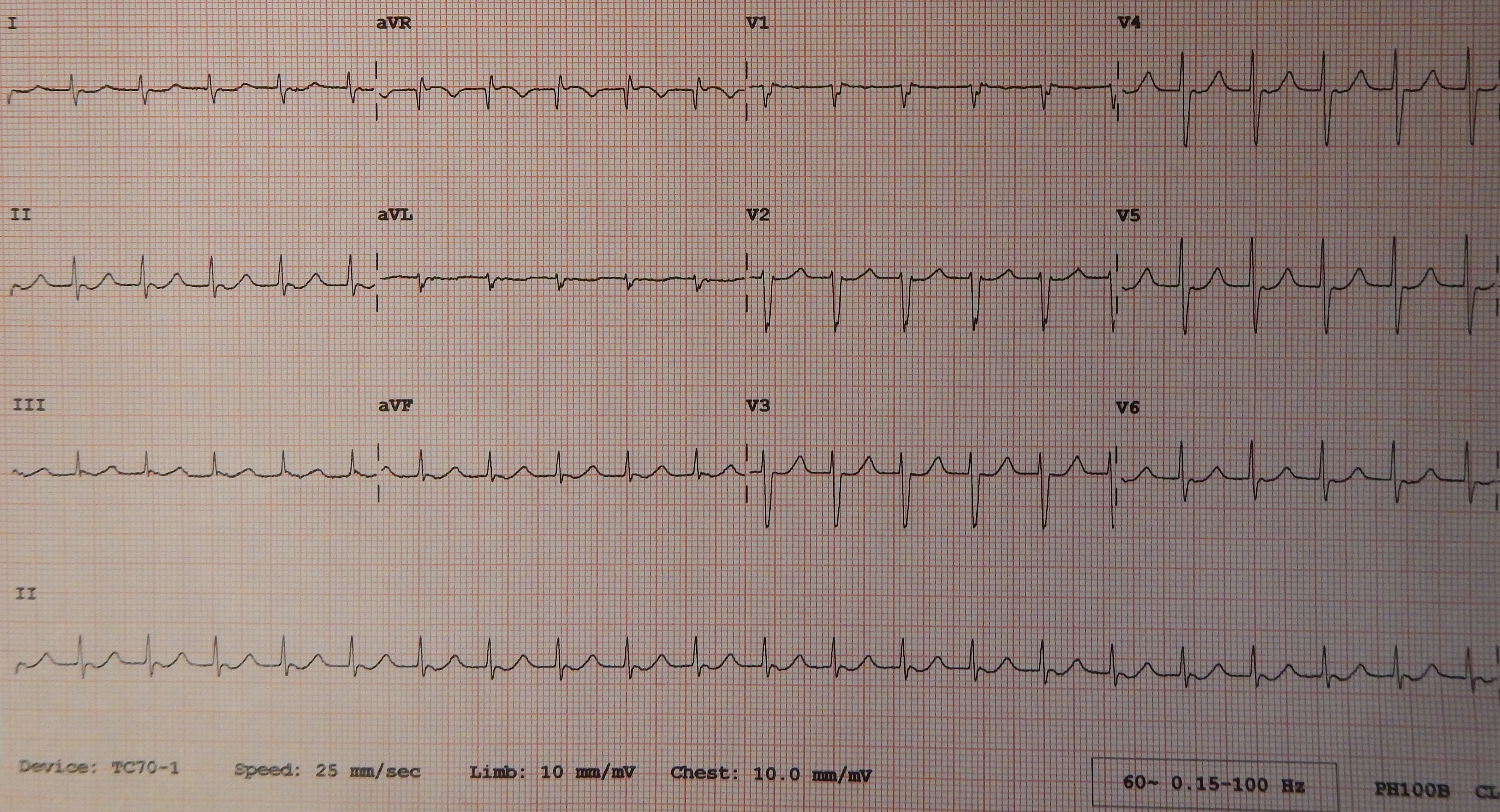
Storage Instructions for Actrapid FlexPen
Recommended Temperature Ranges Before and After Opening
Unopened Actrapid FlexPens should be stored in a refrigerator at 2°C to 8°C. Once in use, the pens may be kept at room temperature not exceeding 30°C, and should not be refrigerated again to maintain consistent dosing integrity.
Shelf Life and Expiry Monitoring
Each pen ought to be disposed of after four weeks from its use of any remaining insulin content inside it. Consistent monitoring of expiration dates is crucial for maintaining the effectiveness of treatment and preventing any degradation.
Guidelines for Handling Pens In-Use and Unopened Pens
- Protect from light exposure by keeping pens in their outer carton until use.
- Never freeze the product; if freezing occurs, the pen must be discarded.
- Inspect visually before injection; use only if the solution appears clear and colorless.
Avoiding Exposure to Excessive Heat or Freezing
Insulin effectiveness can be affected by exposure to cold temperatures, so make sure to protect your insulin pens from direct sunlight and extreme heat as well as freezing conditions.
Overdose Management and Emergency Protocols
Signs and Symptoms of Insulin Overdose
Experiencing an overdose mainly results in blood sugar levels, which can show up as sweating, rapid heartbeat, blurred vision, disorientation, fainting, or seizures. The seriousness varies depending on the quantity of insulin taken and a person's own vulnerability to it.
Immediate Actions: Oral Glucose, Glucagon, or Intravenous Glucose
Mild hypoglycemia can be rapidly reversed with the ingestion of fast-acting carbohydrates. Severe cases require administration of intramuscular glucagon or intravenous glucose infusion, performed by healthcare professionals.
Hospitalization Criteria for Severe Cases
Patients exhibiting unconsciousness, convulsions, or recurrent hypoglycemia despite treatment should be hospitalized for close monitoring and continuous glucose administration.
Long-Term Monitoring Post-Overdose
Following a significant overdose event, patients must undergo extended observation for delayed hypoglycemic episodes and receive counseling on dose adjustment to prevent recurrence.
Careful Handling and Precautions for Actrapid FlexPen
Ensuring Correct Pen Priming Before Use
Ensure that you prepare the FlexPen before every injection to ensure that the insulin flows correctly and you receive the correct dose each time.
Avoiding Needle Sharing to Prevent Infections
Each needle should be used by only one individual. Sharing needles increases the risk of bloodborne infections, including hepatitis and HIV transmission.
Proper Disposal of Used Needles and Pens
Used needles must be discarded immediately after injection into appropriate sharps disposal containers to prevent needlestick injuries and environmental hazards.
Hygiene Protocols During Injection
Hand hygiene, cleaning the injection site, and using sterile technique during every injection are crucial practices to prevent local and systemic infections.
Handling Precautions and Disposal Guidelines
Safe Storage Away from Children
It's important to store Flexpens from children to avoid any accidental use or mishaps.
Needle Disposal in Puncture-Proof Containers
Make sure to dispose of all used needles in containers that are FDA-approved or designed to resist punctures to prevent any accidents and ensure the disposal of waste materials.
Compliance with Local Medical Waste Regulations
Proper disposal of waste is crucial to protect both health and the environment, following the regulations set at both national and local levels.
Environmental Considerations in Disposal
Being mindful of the environment can involve joining programs for recycling needles and medical devices to support sustainability efforts wherever possible.
Actrapid Flexpen Pen-filled Injection FAQ
- Which is better, Mixtard or Actrapid?
- Which pen is used for Actrapid?
- How do you give an injection of human Actrapid?
- What is the use of Actrapid hm?
- How often can Actrapid be given?
- Is it normal to bleed after injecting insulin?
- How fast does Actrapid work?
- Can Actrapid be given after food?
- Is Actrapid insulin long or short?
- When can I eat after Actrapid?
- What is the use of Actrapid FlexPen?
- How long does Actrapid last?
- Are Apidra and Actrapid the same?
- What is the life of Actrapid?
- How long can Actrapid be out of the fridge?
Which is better, Mixtard or Actrapid?
Actrapid Injection is a type of insulin that works quickly in the body. On the other hand, Mixtard is a dual-phase solution that includes both acting insulin isophane and short-acting human insulin.
Which pen is used for Actrapid?
Cartridges (Penfill) or prefilled pens
How do you give an injection of human Actrapid?
Actrapid is given through injection, in areas like the abdominal wall or the thigh muscles, or even in the buttocks or shoulder regions.
What is the use of Actrapid hm?
Actrapid is prescribed to lower blood sugar levels in individuals diagnosed with diabetes mellitus (diabetes).
How often can Actrapid be given?
The typical insulin dosage for an individual usually falls within the range of 1 unit per 1 kilogram of body weight per day.
Is it normal to bleed after injecting insulin?
Yes
How fast does Actrapid work?
½ hour
Can Actrapid be given after food?
It should be taken 20-30 minutes before a meal.
Is Actrapid insulin long or short?
Actrapid is a short-acting insulin that is commonly paired with long-lasting insulins for treatment purposes.
When can I eat after Actrapid?
You typically need to inject acting insulin 10 to 15 minutes before you eat each meal.
What is the use of Actrapid FlexPen?
To treat type 1 and type 2 diabetes mellitus
How long does Actrapid last?
7–8 hours
Are Apidra and Actrapid the same?
The mitogenic activity of Actrapid and Apidra showed no variance in their effects.
What is the life of Actrapid?
8 hours
How long can Actrapid be out of the fridge?
Up to 6 weeks

